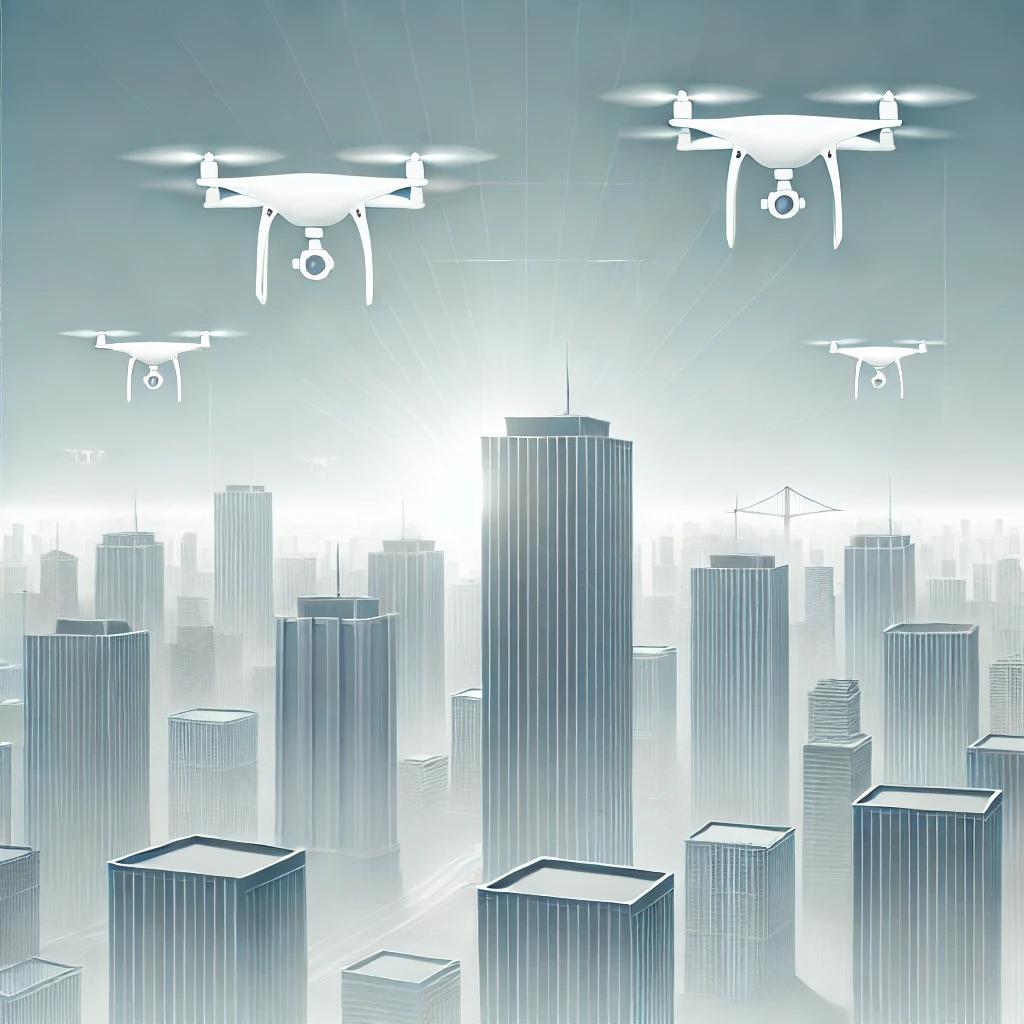Future Technologies in High-Rise Work: How Drones Help at Height

Modern high-rise work is undergoing a true revolution thanks to the implementation of unmanned technologies. Drones, or unmanned aerial vehicles (UAVs), have become an indispensable tool in the construction industry, offering solutions that enhance the efficiency and safety of high-rise operations. Drones in construction allow for precise object analysis, saving time and resources. Their use in aerial photography, topographic surveys, and object monitoring opens up new possibilities for construction management.
Drone Applications in Construction
One of the key advantages of drones is their ability to conduct aerial photography, topographic surveys, and building inspections. Industrial drones provide high accuracy and convenience in high-rise operations, significantly improving the analysis of objects and infrastructure projects. They enable precise assessment of facades, roofs, and other structures without the need to raise a person to dangerous heights. Drones are especially useful when inspecting complex objects like high-rise buildings or industrial structures.
In addition, drones in construction are actively used for:
- Monitoring construction sites. They help track work progress, prevent violations, and ensure quality control in construction.
- Topographic surveys. Drones create accurate maps, 3D models of the area, and perform site mapping, speeding up project planning.
- Transporting materials. Some industrial models can deliver small loads to heights.
Safety and Efficiency
Thanks to drones, construction has become safer: human involvement in dangerous operations has been minimized. For example, roof or high facade inspections no longer require complex equipment like scaffolding or cranes. This not only reduces risks for workers but also cuts costs for the execution of tasks.
Prospects and Innovations
As technology advances, drones continue to improve. In the near future, we can expect models with expanded functionality, including thermal imaging, artificial intelligence systems, and automated data analysis technologies.
Industrial drones have become the next step in the evolution of high-rise work, which began in the era of industrial alpinism. Early high-rise workers used basic tools and relied on their own strength, laying the foundation for the profession. Learn more in the article “The History of Industrial Alpinism: How It All Began.”
Drones and Facade Insulation
Interestingly, industrial drones find applications even in specific tasks like facade insulation, where energy efficiency and modern technologies are essential. They assist in precise measurements before installation, ensuring high accuracy in work. Learn more about innovative materials and insulation methods in the article “The Use of Innovative Materials for Facade Insulation at Height.”
Conclusion
Drones are opening new horizons in high-rise work, making it safer, faster, and more efficient. Whether it’s building inspections, geodesy, or even facade insulation, these technologies have already become an integral part of modern construction. Their implementation continues to transform the industry, bringing us closer to a future where high-rise work is carried out with minimal risk to humans.
